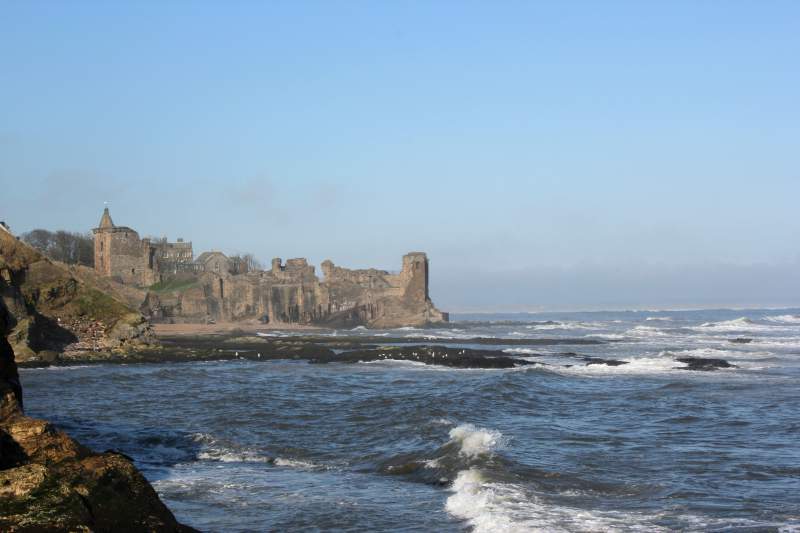Castlecliffe
Castlecliffe
The area now occupied by the visitor centre for St Andrews Castle has seen a lot of different uses. During the late 1980s archaeologists found evidence of a fourteenth-century tannery on this site. Tanners converted animal skins into leather by soaking them in a variety of liquids (often including urine). The process was notoriously foul smelling and as a result tanners' workplaces were usually located towards the edge of towns. The tannery by St Andrews Castle seems to have been demolished around 1400 and replaced with ordinary housing. These homes were then swept away in the early sixteenth century when the area to the west of the castle was cleared and converted into the Castle Yard. The function of the new yard is uncertain, but it may have held stables and other outbuildings for the Castle.
Roger Mason on the trial and execution of George Wishart at the St Andrews Castle
Roger Mason on the role of John Knox in the protestant movements
Michael Brown on John Knox's account of the bombardment of the St Andrews Castle in 1547
Roger Mason on the role of John Knox in the protestant movements
Street View
Additional Information
Location: On the north side of The Scores. Date Built: Thirteenth to sixteenth centuries (structures now demolished).
People made use of this site long before the Middle Ages. The excavations in the 1980s uncovered a prehistoric pot, probably dating from between 2100 and 1500 BC.
The main skins cured at the tannery seem to have belonged to cattle, sheep and goats. However, there is some evidence that cats were also killed at this site (probably for their fur).
Archaeologists found more than 9000 fragments of medieval pottery at the Castlecliffe site. The majority of the pottery came from Scotland, but some items had been imported from England, France, Germany, and Flanders.
The excavations uncovered a number of metal objects, including 45 medieval fish hooks. During the Middle Ages the road now known as North Castle Street used to be called Fish Gait.
